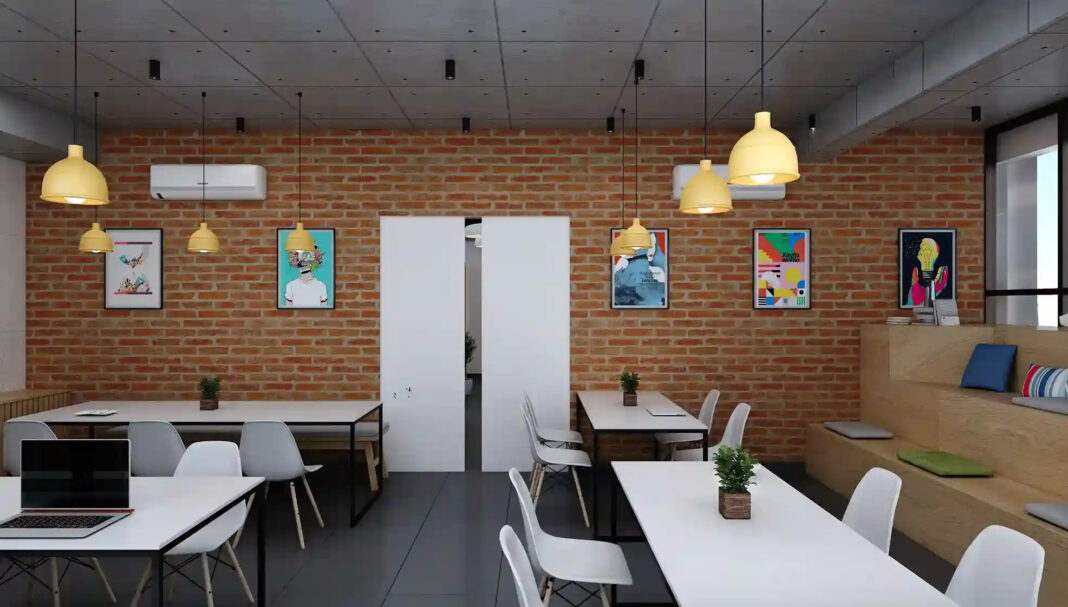Introduction
Creating an effective study room is essential for students and professionals who need a quiet and inspiring space for concentration and productivity. The design of your study room can greatly impact your ability to focus, retain information, and work efficiently. In this article, we’ll explore smart design tips and tricks for your study room, providing insights from top interior designers in Bangalore. Whether you’re a student, a freelancer, or someone who frequently works from home, these tips will help you create a study room that enhances your productivity and comfort.
Importance of a Well-Designed Study Room
A well-designed study room serves as a personal sanctuary where you can concentrate on your work or studies without distractions. It’s more than just a place to sit with your books or laptop; it’s an environment that promotes creativity, organization, and peace of mind. The right study room design can:
- Enhance focus and productivity
- Reduce stress and improve mood
- Foster creativity and innovation
- Create a comfortable working environment
With the right design strategies, you can transform any space into a study haven. Here are some smart tips and tricks to consider:
Smart Study Room Design Tips & Tricks
1. Choose the Right Location
When selecting a space for your study room, consider the following:
- Natural Light: Choose a room with plenty of natural light. Studies show that natural light boosts mood and productivity. Position your desk near a window if possible.
- Quiet Environment: Select a location that is away from noisy areas of the house. This will minimize distractions and help you maintain focus.
2. Invest in Quality Furniture
Furniture plays a crucial role in creating a comfortable and functional study space. Consider these tips:
- Ergonomic Desk and Chair: Invest in a quality ergonomic desk and chair that support good posture. A chair with adjustable height and lumbar support will help you work comfortably for longer periods.
- Adequate Storage Solutions: Choose desks with built-in drawers or shelves to keep your study materials organized. Consider wall-mounted shelves to save space and display books or decor.
3. Create a Functional Layout
The layout of your study room should facilitate productivity. Here’s how to optimize your space:
- Zoning: Divide the room into zones for different activities. Have a dedicated study area, a reading nook, and storage space for materials. This will help you switch tasks more easily.
- Flow: Ensure there’s a natural flow to the room. Avoid cluttering pathways and make sure everything is easily accessible.
4. Incorporate Effective Lighting
Proper lighting is crucial for creating an inviting study space. Here are some suggestions:
- Layered Lighting: Use a combination of ambient, task, and accent lighting. Ambient lighting provides overall illumination, task lighting focuses on your work area, and accent lighting adds character to the room.
- Adjustable Desk Lamp: An adjustable desk lamp is essential for direct light when studying or reading. Opt for lamps with adjustable brightness settings to suit your needs.
5. Choose a Calming Color Palette
The colors in your study room can significantly impact your mood and concentration. Consider these tips from interior designers in Bangalore:
- Cool Colors: Opt for calming colors like blues, greens, or soft grays. These hues promote relaxation and focus.
- Accent Walls: Consider painting one wall a bold color to inspire creativity while keeping the rest of the room neutral.
6. Personalize Your Space
Make your study room a reflection of your personality and style. Here’s how to add personal touches:
- Decorative Elements: Incorporate artwork, photos, or motivational quotes that inspire you. These personal elements can enhance your mood and creativity.
- Plants: Adding indoor plants not only beautifies the space but also improves air quality and promotes a sense of calm.
7. Utilize Technology Wisely
In today’s digital age, technology is an integral part of studying and working. Here are some tech-savvy tips:
- Cable Management: Keep your workspace tidy by using cable organizers to prevent clutter from cords and wires.
- Smart Tools: Utilize apps and tools for organization and productivity. Tools like Trello or Notion can help you keep track of tasks and notes.
8. Incorporate Sound Control
A quiet environment is essential for concentration. Consider these sound control tips:
- Soundproofing: Use rugs, curtains, and wall hangings to absorb sound. Thick carpets and curtains can help reduce noise from outside.
- White Noise Machines: Consider using a white noise machine or app to drown out distracting sounds.
9. Maintain a Clutter-Free Environment
A tidy study room is crucial for maintaining focus. Here’s how to keep clutter at bay:
- Regular Decluttering: Set aside time weekly to organize your materials and remove unnecessary items.
- Storage Solutions: Use bins, baskets, and drawer organizers to keep everything in its place. Labeling can also help you quickly find what you need.
10. Create a Distraction-Free Zone
To boost your productivity, minimize distractions in your study room:
- Limit Digital Distractions: Use apps that block distracting websites or notifications while you study.
- Set Boundaries: Inform family members or roommates about your study schedule to reduce interruptions.
Conclusion
Designing a smart study room involves thoughtful planning and consideration of various elements that contribute to productivity and comfort. By incorporating these tips and tricks, you can create a study space that not only meets your needs but also inspires creativity and focus in your study room design. As you embark on your study room design journey, don’t hesitate to seek inspiration from interior designers in Bangalore. They can provide expert advice tailored to your specific space and preferences, ensuring that your study room is both functional and aesthetically pleasing.







